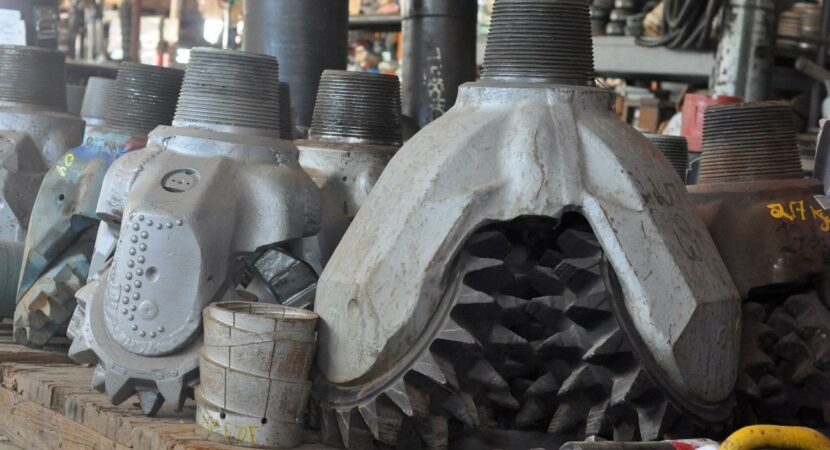
The COVID-19 pandemic has impeded oil and gas activity, a phenomenon that is now impacting the drilling market in terms of wells drilled and in terms of related demand for drilling equipment, according to energy intelligence firm Rystad Energy
An analysis by Rystad Energy shows that the number of wells drilled globally is expected to hit around 55.350 this year, the lowest since the start of the century. The decline is a staggering 23% drop from the 71.946 figure of 2019 rigs. Rystad's forecast, which extends to 2025, does not consider it likely that last year's number will be met or exceeded within the time frame considered.
See other news:
- Construction worker, Assembler, Carpenter and more professionals summoned for job openings in civil construction, today, July 15th
- 50 jobs are offered for electricians, mechanics, civil technician, quality technician, safety engineer, civil engineer and more
- Offshore contracts on a 56 x 56 scale demand vacancies for seafarers in Rio de Janeiro. Salary of up to BRL 21.160 plus benefits!
Drilled wells are expected to partially recover to just over 61.000 in 2021 as governments ease travel restrictions, boosting oil demand and prices. Then the numbers will rise further to just above 65.000 in 2022 and remain below 69.000 until the end of 2025.
North America will likely be hardest hit, with the country's equipment count already dropping to historic lows in just a few months.
While a modest recovery is possible in 2020, drilling activity will remain more than 50% below levels seen at the same time last year, according to Rystad.
Of the 55.350 wells to be drilled in 2020, 2.238 are offshore and 53.112 are onshore. Prior to COVID-19, Rystad Energy expected total rigs to rise year-on-year to 74.575, of which 2.896 would be offshore rigs and 71.679 would be onshore rigs.
“Both new wells and drilling lengths will be reduced as E&P investments decrease, affecting the entire supply chain associated with these services. This includes drilling tools, which will decrease by 35% in 2020 compared to 2019,” says Reza Hassan Kazmi, energy services analyst at Rystad Energy.
When analyzing drilling tools, Rystad includes blowout preventers (BOPs), downhole drilling tools, bits, drill pipes, jugs, drill collars, and other drilling tools except used downhole pumps for artificial lift, in the generic services segment.
Drill length, another key factor for drill tools, especially for drill pipe, collars, heavy drill pipe and drill bits, is estimated to decline by 25% this year before improving in 2021.
At a more granular level, such as the regional or country level, the percentage reduction in wells does not always result in a proportionate reduction in total drill length, as drilling depths per well can vary greatly between different regions and countries.
From a demand perspective, Rystad expects onshore and offshore purchases of drilling tools to drop from $16 billion in 2019 to $10 billion in 2020. In addition to North America, Africa and Russia will be the biggest contributors to this loss, where purchases will fall by 36% and 27% respectively this year.
Overall, onshore markets are expected to recover as early as 2021 and grow at a rate of 7% per annum through 2025, while offshore markets will experience ups and downs and maintain an overall flat level through 2025.
Despite overall stagnant growth, Brazil, Australia and China will continue to offer exciting opportunities in the near term, with 20% to 40% growth prospects for offshore drilling in these countries, while the UK, Guyana and Mexico look promising in the medium to longer term. term. term. The United States remains the top spot for spending on land drilling tools, while Norway is expected to top the list for spending on offshore drilling tools.
In the US onshore market, over 80% of drilling tool spending will be spent drilling shale. The Permian and Appalachian basins will drive 60% of total shale spending on drilling tools, followed by some conventional activity in other basins.
Off the coast of Norway, Troll, Balder/Ringhorne and Johan Sverdrup will drive demand for drilling tools.












